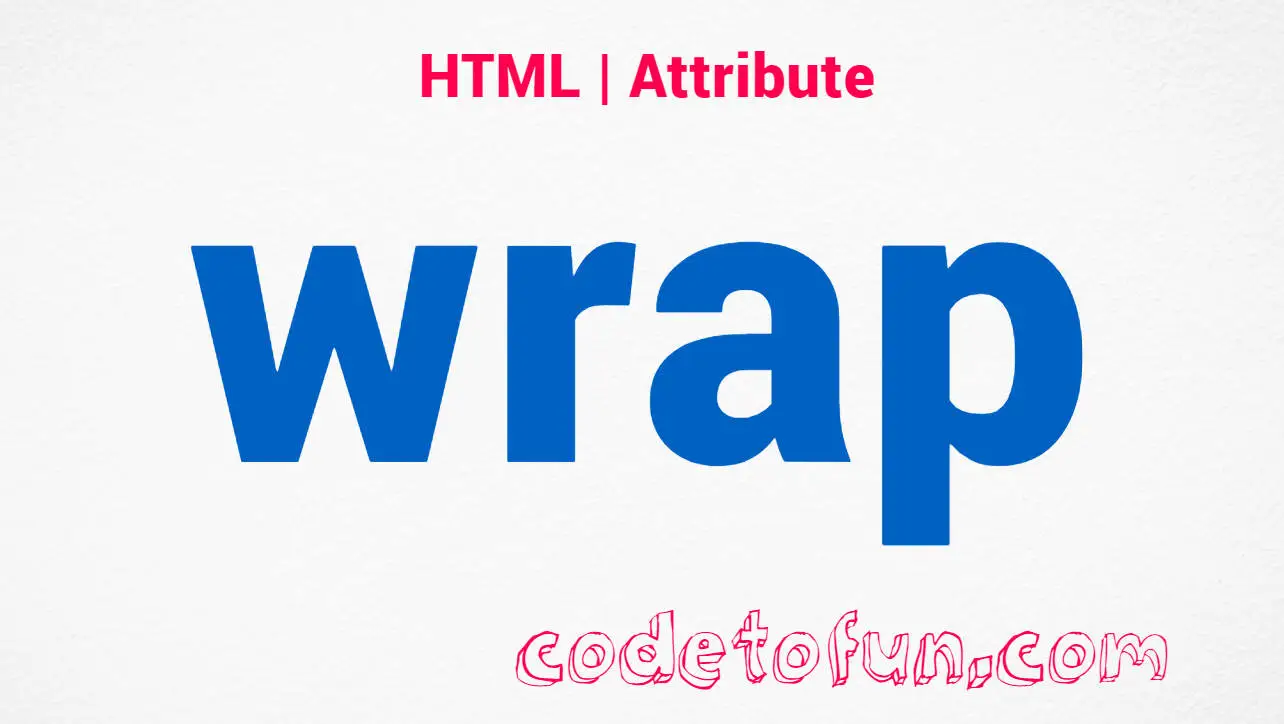
HTML Basic
HTML Reference
- HTML Tags
- HTML Deprecated Tags
- HTML Events
- HTML Attributes
- accept
- accept-charset
- accesskey
- action
- align
- alt
- as
- async
- autocomplete
- autofocus
- autoplay
- bgcolor
- border
- charset
- checked
- cite
- class
- color
- cols
- colspan
- content
- contenteditable
- controls
- coords
- data
- data-*
- datetime
- default
- defer
- dir
- dirname
- disabled
- download
- draggable
- enctype
- enterkeyhint
- for
- form
- formaction
- headers
- height
- hidden
- high
- href
- hreflang
- http-equiv
- id
- inert
- inputmode
- ismap
- kind
- label
- lang
- list
- loop
- low
- max
- maxlength
- media
- method
- min
- multiple
- muted
- name
- novalidate
- onabort
- onafterprint
- onbeforeprint
- onbeforeunload
- onblur
- oncanplay
- oncanplaythrough
- onchange
- onclick
- oncontextmenu
- oncopy
- oncuechange
- oncut
- ondblclick
- ondrag
- ondragend
- ondragenter
- ondragleave
- ondragover
- ondragstart
- ondrop
- ondurationchange
- onemptied
- onended
- onerror
- onfocus
- onhashchange
- oninput
- oninvalid
- onkeydown
- onkeypress
- onkeyup
- onload
- onloadeddata
- onloadedmetadata
- onloadstart
- onmousedown
- onmousemove
- onmouseout
- onmouseover
- onmouseup
- onmousewheel
- onoffline
- ononline
- onpagehide
- onpageshow
- onpaste
- onpause
- onplay
- onplaying
- onpopstate
- onprogress
- onratechange
- onreset
- onresize
- onscroll
- onsearch
- onseeked
- onseeking
- onselect
- onstalled
- onstorage
- onsubmit
- onsuspend
- ontimeupdate
- ontoggle
- onunload
- onvolumechange
- onwaiting
- onwheel
- open
- optimum
- pattern
- placeholder
- popover
- popovertarget
- popovertargetaction
- poster
- preload
- readonly
- rel
- required
- reversed
- rows
- rowspan
- sandbox
- scope
- selected
- shape
- size
- sizes
- span
- spellcheck
- src
- srcdoc
- srclang
- srcset
- start
- step
- style
- tabindex
- target
- title
- translate
- type
- usemap
- value
- width
- wrap
- HTML Global Attributes
- HTML Status Code
- HTML Language Code
- HTML Country Code
- HTML Charset
- MIME Types
HTML wrap Attribute

Photo Credit to CodeToFun
🙋 Introduction
The wrap attribute in HTML is used in conjunction with the <textarea> element to control text wrapping behavior.
It specifies how the text within a textarea should be wrapped when it exceeds the specified width of the textarea.
This attribute can be particularly useful when you want to control the presentation of text in multiline input fields.
🎯 Purpose of wrap
The main purpose of the wrap attribute is to define whether the text within a textarea should be automatically wrapped based on the specified width.
It provides developers with the flexibility to choose between automatic text wrapping or manual control over line breaks.
💎 Values
The wrap attribute accepts two main values:
- soft: This is the default value. It allows the browser to automatically wrap the text to the next line when it reaches the specified width of the textarea.
- hard: This value indicates that the text should only wrap to the next line when the user manually inserts a line break (by pressing Enter/Return). It disables automatic text wrapping.
📄 Example
Let's explore a simple example of how to use the wrap attribute in an HTML form:
<form>
<label for="message">Your Message:</label>
<textarea id="message" name="message" wrap="soft"></textarea>
<input type="submit" value="Submit">
</form>🧠 How it Works
In this example, the wrap attribute is set to soft for the textarea, allowing the browser to automatically wrap the text when it reaches the specified width.
🔄 Dynamic Values with JavaScript
Similar to other HTML attributes, you can dynamically set the wrap attribute using JavaScript.
This can be beneficial when you want to adjust the text wrapping behavior based on user interactions or specific conditions. Here's a brief example:
<script>
// Dynamically set wrap attribute for a textarea
document.getElementById("dynamicTextarea").wrap = "hard";
</script>🧠 How it Works
In this script, the wrap attribute is set to "hard" for a textarea with the id dynamicTextarea. This means that text wrapping will only occur when the user manually inserts a line break.
🏆 Best Practices
- Consider the nature of the content and user experience when choosing between soft and hard wrap values.
- Test your forms across different browsers to ensure consistent behavior, as browser support may vary.
- Use the
wrapattribute when you want to control text presentation in multiline input fields.
🎉 Conclusion
The wrap attribute provides developers with control over text wrapping behavior in HTML textareas. By understanding and utilizing this attribute appropriately, you can enhance the readability and aesthetics of multiline input fields in your web forms.
👨💻 Join our Community:
Author

For over eight years, I worked as a full-stack web developer. Now, I have chosen my profession as a full-time blogger at codetofun.com.
Buy me a coffee to make codetofun.com free for everyone.
Buy me a Coffee












If you have any doubts regarding this article (HTML wrap Attribute), please comment here. I will help you immediately.